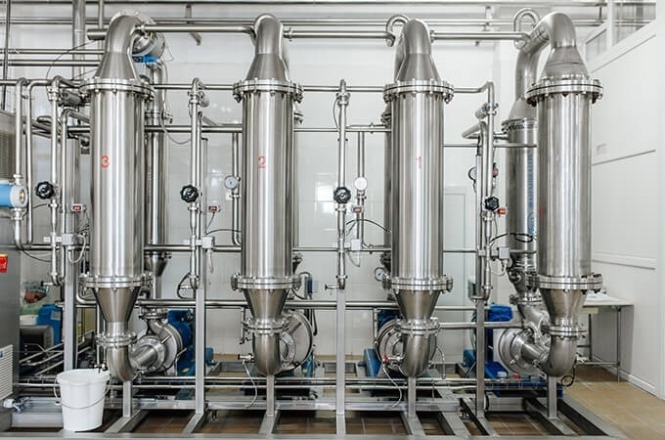With the 2020 publication of two new hygienic design benchmarking requirements, the Global Food Safety Initiative (GFSI) paves the way to incorporate hygienic design in food safety management programs. What practical implications can be expected for food processing companies and their equipment suppliers?
Rick Heiman, Board Member of 3-A Sanitary Standards Inc. (3-A SSI) and Patrick Wouters, Vice-President of the European Hygienic Engineering and Design Group (EHEDG) agree: “GFSI deserves much acclaim for taking this important step forward. The new GFSI hygienic design benchmarking requirements demonstrate that hygienic design plays a pivotal role in safeguarding food safety, food quality and productivity across the food supply chain.”
Current status and beyond
The new GFSI benchmarking requirements for the Hygienic Design of Food Buildings and Processing Equipment are published in 2 scopes: JI for building constructors and equipment manufacturers, and scope JII for building and equipment users. Heiman: “JI and JII address both food processing companies and food equipment providers, thus contributing to a better communication between end-users and developers of food processing sites and equipment.”
Said Wouters (EHEDG): “In recent years, hygienic design guidelines have been widely adopted and applied by food processing companies and their equipment suppliers, which contributed to improved cleanability of food processing lines and environments. But not all food industry stakeholders are sufficiently aware of the necessity of hygienic design yet. Since the GFSI benchmarking process has been adopted by the global food industry, these new benchmarking requirements are bound to change how hygienic design is integrated in food safety management systems. Consequently, hygienic design will assume a central role in food equipment development processes. We also expect this to have a harmonising effect on certification systems, since these new hygienic design benchmarking requirements set a clear and unified baseline for all standards.”
Added Heiman (3-A SSI): “Last but not least, we expect these new GFSI hygienic design benchmarking requirements to encourage more food industry stakeholders to look into the proven benefits that hygienic design brings to the table: safe food production, more productive and sustainable food processes due to minimized cleaning intervals, and spotless reputations for responsible stakeholders in the global farm to fork food supply chains.” For more visit 3-a.org/



